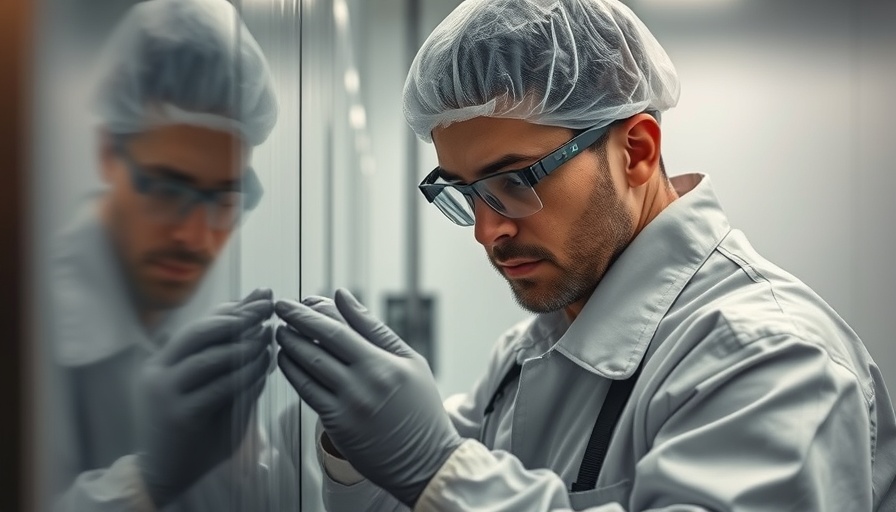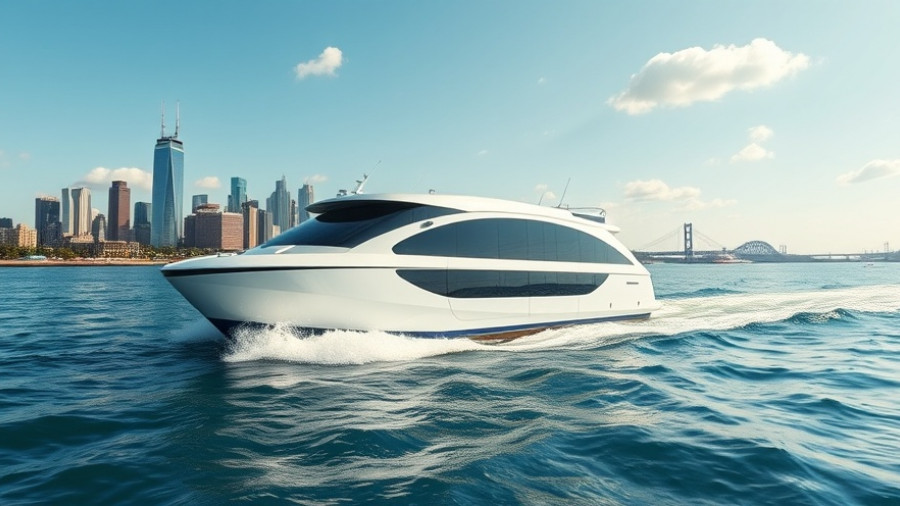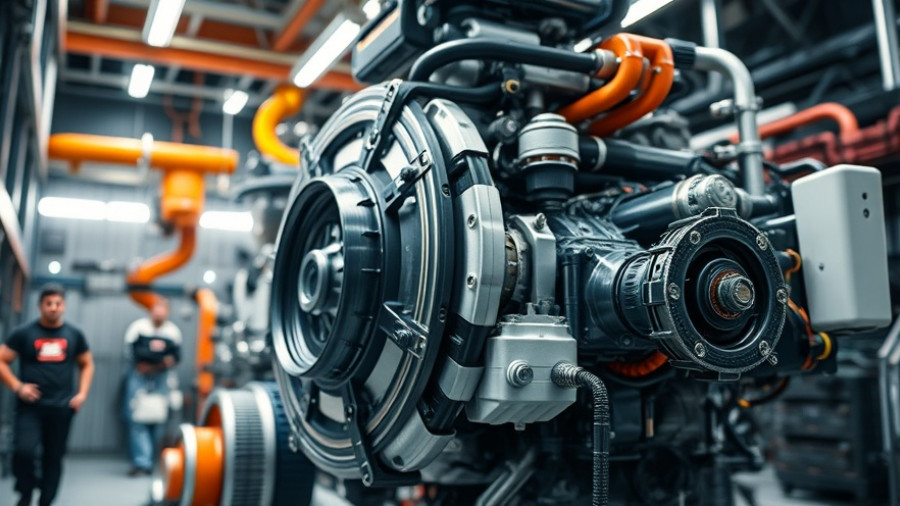
Introducing Tnemec's Aerolon Marine: A Game-Changer in Anti-Condensation Technology
As the marine industry contends with unpredictable weather patterns and harsh environmental conditions, the need for effective protective coatings has never been more critical. Tnemec, a leading name in industrial coatings, has stepped up to meet this challenge with the launch of their innovative Aerolon Marine anti-condensation coating. This product is designed not just to combat moisture but also to enhance the overall efficiency and lifespan of marine vessels.
Understanding the Need for Anti-Condensation Solutions
The maritime sector is fraught with challenges, particularly regarding temperature fluctuations that can lead to condensation on vessel surfaces. These fluctuations cause moisture to accumulate, resulting in insulation failure and potentially debilitating damage to assets.
Tnemec's Aerolon Marine tackles this issue head-on with the lowest thermal conductivity among IMO-approved coatings available today. This remarkable feature minimizes temperature variances, making it a vital protective solution for ship operators aiming to maintain operational integrity and performance.
How Aerolon Marine Stands Out in the Market
What sets Aerolon Marine apart from other anti-condensation coatings is its proprietary blend of advanced porous materials. This high-build, fluid-applied solution provides an unprecedented level of protection against moisture-related damage on weather-exposed surfaces like bulkheads and overheads.
With over a decade of industry experience through their Aerolon brand, Tnemec has harnessed its knowledge to ensure this new coating not only provides superior protection but also contributes to the overall efficiency of marine vessels. The advanced materials work effectively even in challenging environments, ensuring insulation remains uncompromised.
A Brief History of Tnemec: A Trusted Name in Coatings
Founded in 1921, Tnemec has established itself as one of the largest privately held protective coatings manufacturers in North America. With manufacturing facilities located in key regions such as North Kansas City, Baltimore, and Shanghai, Tnemec can service a wide array of customers across the globe. This extensive experience allows them to consistently innovate and provide products that meet the evolving demands of a competitive market.
Why It Matters: The Impact of Advanced Coating Technology in Ships
The launch of Aerolon Marine addresses a crucial need within the marine industry and underscores the broader trend towards enhanced durability and efficiency in shipbuilding technology. As shipbuilding companies increasingly focus on sustainability and cost-effectiveness, the use of high-performance coatings can significantly reduce maintenance costs and extend the life cycle of vessels.
Moreover, as environmental regulations continue to tighten, innovations like Aerolon Marine may help ship operators comply with stringent standards while maintaining performance and protecting investments.
Looking Ahead: Future Trends in Marine Coatings
With Tnemec leading the charge, we can anticipate a surge in advanced protective coatings in marine applications. Coatings that can withstand extreme conditions will likely play a pivotal role in how the industry adapts to climate change and environmental challenges.
As IoT integration in the marine sector advances, coatings equipped with sensors for real-time monitoring of vessel condition may soon become the norm, paving the way for predictive maintenance strategies that enhance operational efficiency and safety.
As Tnemec continues to innovate and improve its products, the maritime sector stands to benefit significantly from advancements that not only protect vessels but also contribute to more sustainable and efficient shipping practices.
 Add Row
Add Row  Add
Add 




Write A Comment